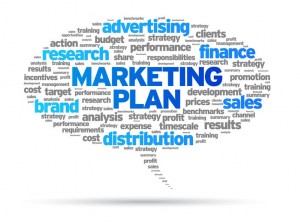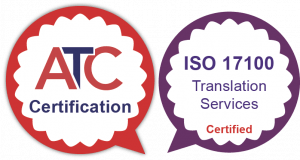
For most of us, the way we buy products and services has changed greatly over the last few years. With companies like Amazon and Uber taking the lead in offering a new approach and disrupting classically slow-moving industries, the primary focus has now shifted to consumer experience.
In parallel, as we keep hearing, the classic marketing mix has evolved into a more advanced, customised and contextual offering, where we no longer sell to a business during the usual 9-5 — rather around the clock, and wherever both we and the prospect or customer may be.
This means that mobile, social and content marketing have, over the last few years, come to the forefront of the sales and marketing agenda. No doubt, along the way, you will have heard the term ‘human to human’ being used to describe the shift from selling to businesses or consumers to individuals. After all, there is and has always been a subjective human element to the decision-making process.
Content marketing by nature implies the production of information and articles of value and relevance to the reader, which both resonate with your brand’s image and fulfil the consumer’s thirst for information. Of course, if they are English, this process is about setting the right tone and choosing the right vocabulary for what customers expect of your brand, but for foreign language speakers, this will most likely mean translating into another language and making sure the content ‘works’ both in terms of the content and the stylistic considerations above.
When producing foreign content, there are generally several options or routes which can be chosen:
- Machine translation (MT)
- Post-edited machine translation (PEMT)
- Human translation
- Transcreation or native recreation
Now, while there is much value in using MT or PEMT when applied correctly, especially for user-generated content such as reviews or formulaic technical documentation where gist is the main aim, the nuance and brand-specificity of marketing materials is much more important, and something which only a human (for the moment, at least) will be able to achieve. Take a look at some of the feedback on how TripAdvisor uses MT for their reviews and see if you would be happy to upload machine translated marketing content of a similar style (without post-editing, at least).
The extent to which having a native-speaker produce marketing content really counts and cannot be underestimated, since making sure the content sounds as natural as possible in the foreign versions of marketing material must be the number one aim. After all, when content is produced by an in-country professional, they are the ones who truly know what works best in their region, and what will appeal to a reader or viewer. That is something which no machine will easily be able to achieve. Post-editing will not necessarily make the content compelling, rather make it ‘correct’; and that is not necessarily enough for marketing materials.
Don’t forget though, it’s not just the text which needs to be translated when you are putting content and campaigns into another language – colours can make a big difference to reception of the content (white, for example in many countries symbolises pureness and is used at weddings, whereas in China it is primarily worn at funerals).

Likewise, media assets may need to be amended for local equivalents: who would appreciate an image of London’s Oxford Street in overseas retail advertising, or a photo of a school class comprising a completely different demographic to that which you are used to?
The main thing is not to make your content so language agnostic that it is bland for all, but instead to employ the services of an expert in each market to adopt the style, wit and cultural sensitivities which are so important to a foreign language speaker. You may be missing an opportunity (and even offending your readers) if you don’t consider national or religious holidays, local customs or events, where others do.
Whether you have those local resources directly available, or you are looking to outsource, we are always happy to discuss a particular campaign or strategy you are using or developing, and how it can be adapted for a greater reach, whilst staying true to your organisation’s image.
